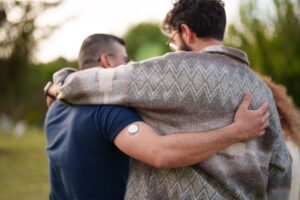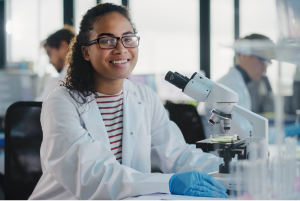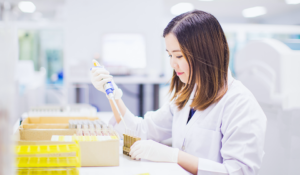May 19, 2020
.jpg)
having been involved with the
charity ever since the age of 11.
When Sarah Ayers and her boyfriend returned from a trip to Europe in early March, talk of an impending pandemic in Canada was flooding the media and travelers were being advised to self-isolate as a precaution. The Toronto couple did just that upon reaching home and everything seemed fine – at first. As a nurse living with type 1 diabetes (T1D), Sarah was in tune with her body and nothing felt amiss. Yet things took a turn for the worse three days later when she started manifesting symptoms of COVID-19.
“I had classic symptoms (of the virus) except shortness of breath, so I ended up getting tested,” recounts Sarah. “It was scary and stressful because I had to wait over a week for my results.”
During that time, Sarah remained in bed for six days battling major exhaustion, along with daily headaches and body aches. She also experienced an intermittent sore throat and a fever.
“Just walking to the bathroom down the hall was a huge effort,” she says. “Yet I am lucky my T1D wasn’t impacted by the virus. I only had one day of no appetite where I ate very little, so I kept an even closer eye on my blood sugars to make sure they were staying in range (while I wasn’t eating).”
Thanks to a strong support system – “lots of love and good wishes from friends, co-workers and family” – Sarah was able to manage at home and avoid hospitalization. Her boyfriend helped care for her and and her parents dropped off groceries while the two remained in isolation for three weeks. She also credits JDRF with getting her through the difficult period.
“The organization has been on top of updating everyone on COVID-19 relating to T1D, so having that knowledge really helped,” she relates. “They also bring a lot of hope to people and do a great job of keeping the community informed of the research they’re funding.”
“One thing that I personally enjoy about JDRF is the sense of community it creates.”
Diabetes runs in Sarah’s family, with several of her paternal relatives in England having the disease. While she was never exposed to the day-to-day reality of T1D management until her own diagnosis in 2001, Sarah is no stranger to JDRF, having been involved with the charity ever since the age of 11. Her family not only participates in the annual Walk, but her father also used to rally a corporate team to sponsor the fall Ride prior to his retirement.
“One thing that I personally enjoy about JDRF is the sense of community it creates,” says Sarah. “I don’t know many people with diabetes so when you go to a fundraising event and see a big crowd of people with the disease, it reminds you that you are not alone.”
Over the years, Sarah has maintained a good attitude towards living with a chronic illness.
“At the beginning it was obviously a little overwhelming with a lot to learn, but I quickly adjusted to a new normal life,” she relates. “Though always at the back of my mind, my T1D is not something I constantly think about or that stops me from doing anything – it just requires a lot more planning.”
Symptom-free for several weeks now, Sarah is back at work helping others who have contracted COVID-19. She says her experience with the virus served as a reminder of her strength.
“Even though I have diabetes my body is still strong and able to fight disease,” she affirms. “So, I’d like to tell others with T1D that it is completely possible to get COVID-19 and fully recover.”




